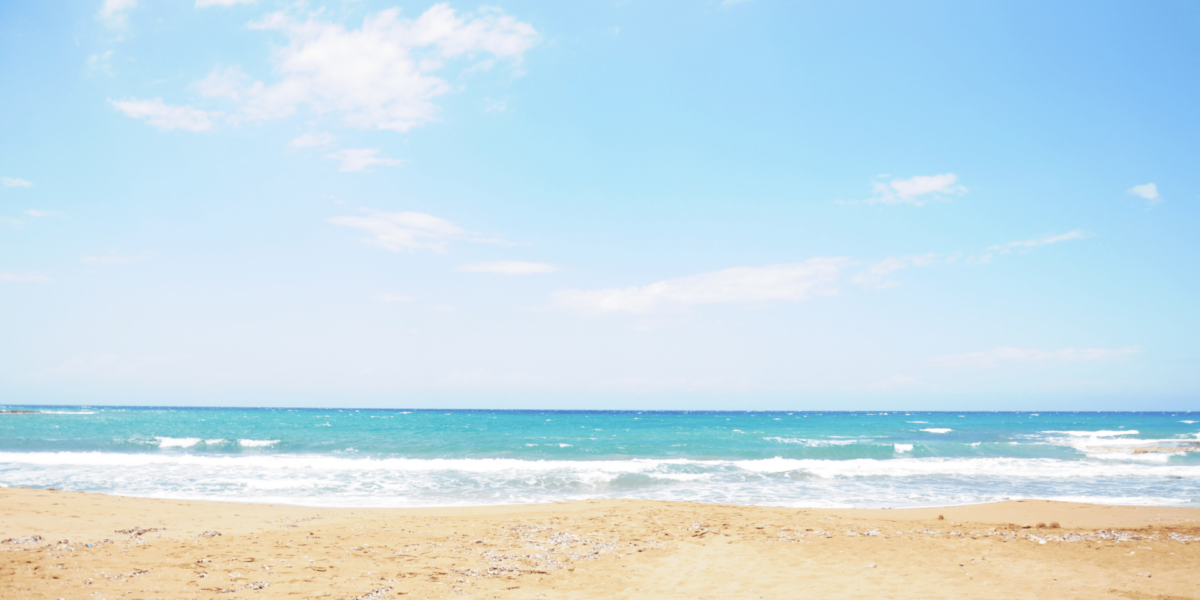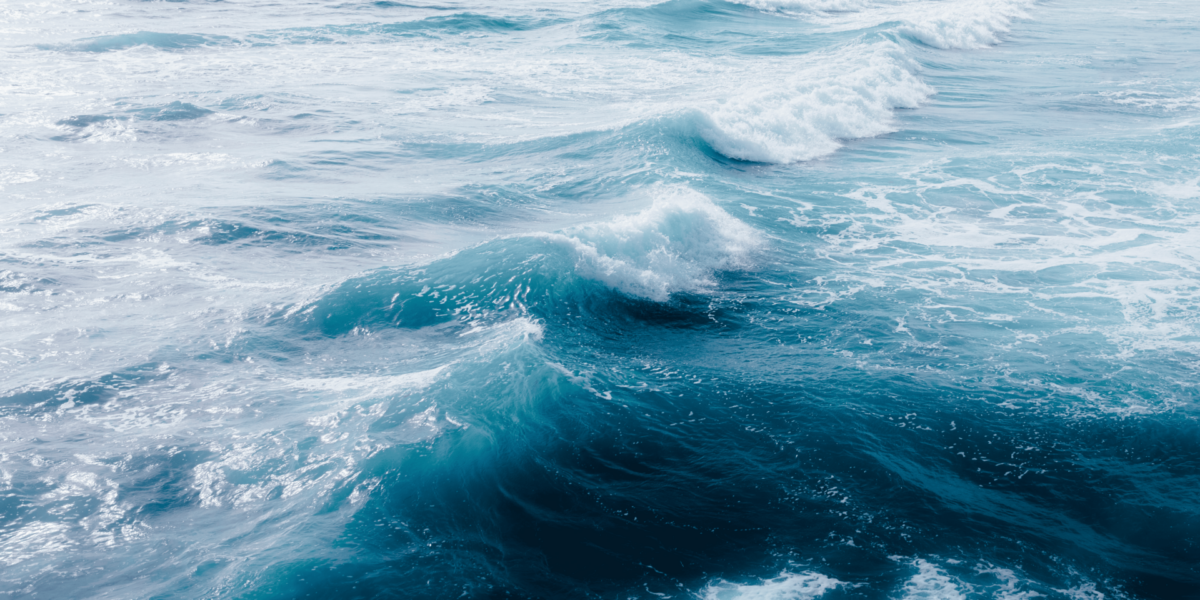As the sun rises over Pamela Beach, it casts long, soft shadows across the sand. The first light of morning doesn’t just illuminate the shoreline—it transforms it. Ridges appear. Patterns sharpen. The beach reveals textures shaped by wind, water, and time. These early hours offer a rare chance to see the sand not as a flat surface, but as a living design in motion.
Morning light defines texture and form
At sunrise, the low angle of the sun highlights every small feature on the beach. The light hits from the side, making even the smallest ridges and ripples visible. This creates a layered, three-dimensional view of the sand that disappears once the sun climbs higher.
A person standing near the waterline may notice how each footprint, shell, and ripple casts a sharp shadow. The light doesn’t just shine—it draws lines across the surface. These lines shift with every minute, as the sun rises and the angle changes. The geometry of the beach becomes a moving design.
Overnight wind and tide reshape the beach
Wind and tide work through the night, changing the beach before the first visitor arrives. The wind sculpts ripples, pushes dry sand into arcs, and sweeps flat areas clean. The tide smooths some sections while leaving behind ridges and debris in others. By morning, the beach looks different than it did the evening before.
At Pamela Beach, early walkers often step onto untouched sand. In some areas, the tide has erased the previous day’s activity. In others, the wind has pressed new lines into the surface. These shapes are fresh, temporary, and ready to change again with the next gust or wave.
Patterns in the sand follow natural forces
The forms in the sand aren’t random. Ripples align with wind direction. Channels curve with water flow. Dune edges build where grass slows the breeze. These patterns reflect the physical rules that shape the coast. Each shape carries information about the strength and direction of the forces at work.
A person moving slowly across the beach might notice how certain sections repeat in structure. The ripples near the dunes face one way, while those near the tide pools shift in another direction. These differences show how the beach responds to multiple forces acting at once.
Light movement changes what we see
The light doesn’t just land on the beach—it moves across it. As the sun rises, it changes the way patterns appear. Early shadows fade. Bright spots grow. What looked deep becomes shallow. What seemed flat now shows depth. This constant change means that no two moments look the same.
A photographer or observer who returns to the same location even ten minutes later may find that the pattern has shifted. The morning light moves quickly, redrawing the beach with each degree of elevation. Watching this process reveals how fragile and fluid the sand’s geometry really is.
Footprints mark time on the surface
Footprints on the beach don’t just show presence—they show time. A single set of prints casts a deep shadow when fresh, but softens and blends within minutes under wind or light. By mid-morning, only traces remain. This quick change marks how the beach erases and records at the same time.
A person walking toward the tide line might look back and see their shadow stretching across the marks they just made. The prints start crisp, with edges lit by angled sun. But even before they return, those edges begin to blur. The beach accepts the steps, but never holds them long.
Sand color shifts with light and moisture
Sand doesn’t stay the same color throughout the day. Morning light brings out warm tones—golds, tans, and soft reds—especially in dry areas. Wet sand, in contrast, reflects cooler tones and often appears darker. As light shifts, so does the color balance across the beach.
On Pamela Beach, the difference is easy to spot early in the day. The wet line near the retreating tide reflects the sky, while higher ground glows with warmth. The contrast between zones becomes more visible during these early hours, offering a clear visual map of where water moved during the night.
Geometry flattens as the sun climbs
By mid-morning, the beach begins to lose its sharp definition. The sun moves higher, and its light becomes direct. Shadows shorten. Surface patterns remain, but the contrast softens. What looked like a sculpted surface earlier now appears smooth and even.
A person returning to a spot they visited at sunrise may find the same patterns less visible. The sand hasn’t changed much physically, but the light no longer defines it. Geometry flattens not because it’s gone, but because the angle needed to see it has passed. This shift highlights how important timing is to reading the beach.
The quiet of morning enhances observation
Beyond the visual effects, morning brings a quieter beach. Fewer people, less noise, and minimal movement allow for uninterrupted attention. This silence makes it easier to focus on details—the fine lines, soft curves, and subtle shifts across the sand’s surface.
Someone standing near a shallow pool might notice the smallest ripple caused by a breeze or the softest curve where a crab passed during the night. These details often disappear once the beach becomes active. In the early morning, they remain visible, waiting to be noticed before the day begins.
Observing shifting sand builds connection to place
Watching the sand change from one morning to the next builds a connection to the environment. Patterns reveal how the beach lives—not in fixed shapes, but in motion, light, and reaction. Each visit shows a different form, shaped by weather, water, and time.
Returning to the same spot at Pamela Beach across several days, a person might notice a new ripple where none existed before, or the disappearance of a ridge after a windy night. These changes build awareness of the beach as something that never stays still.









